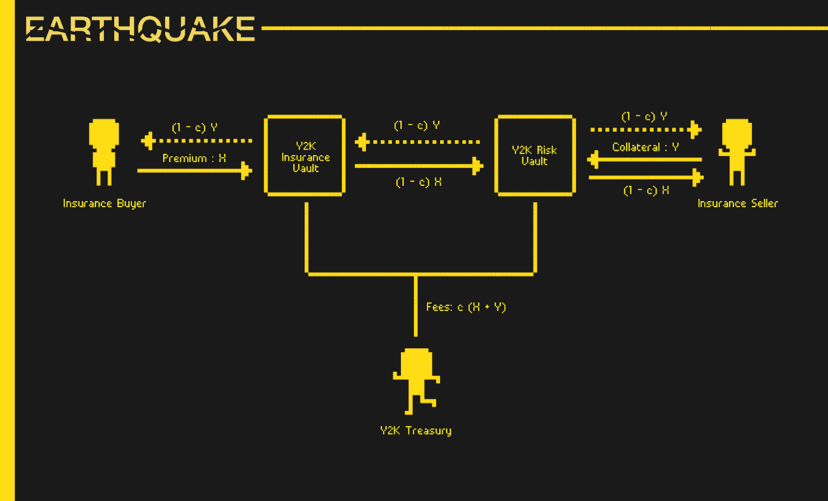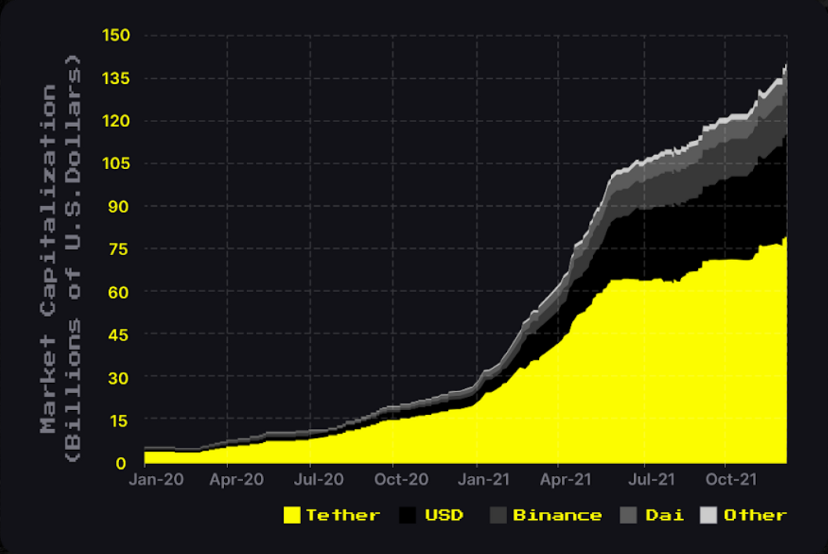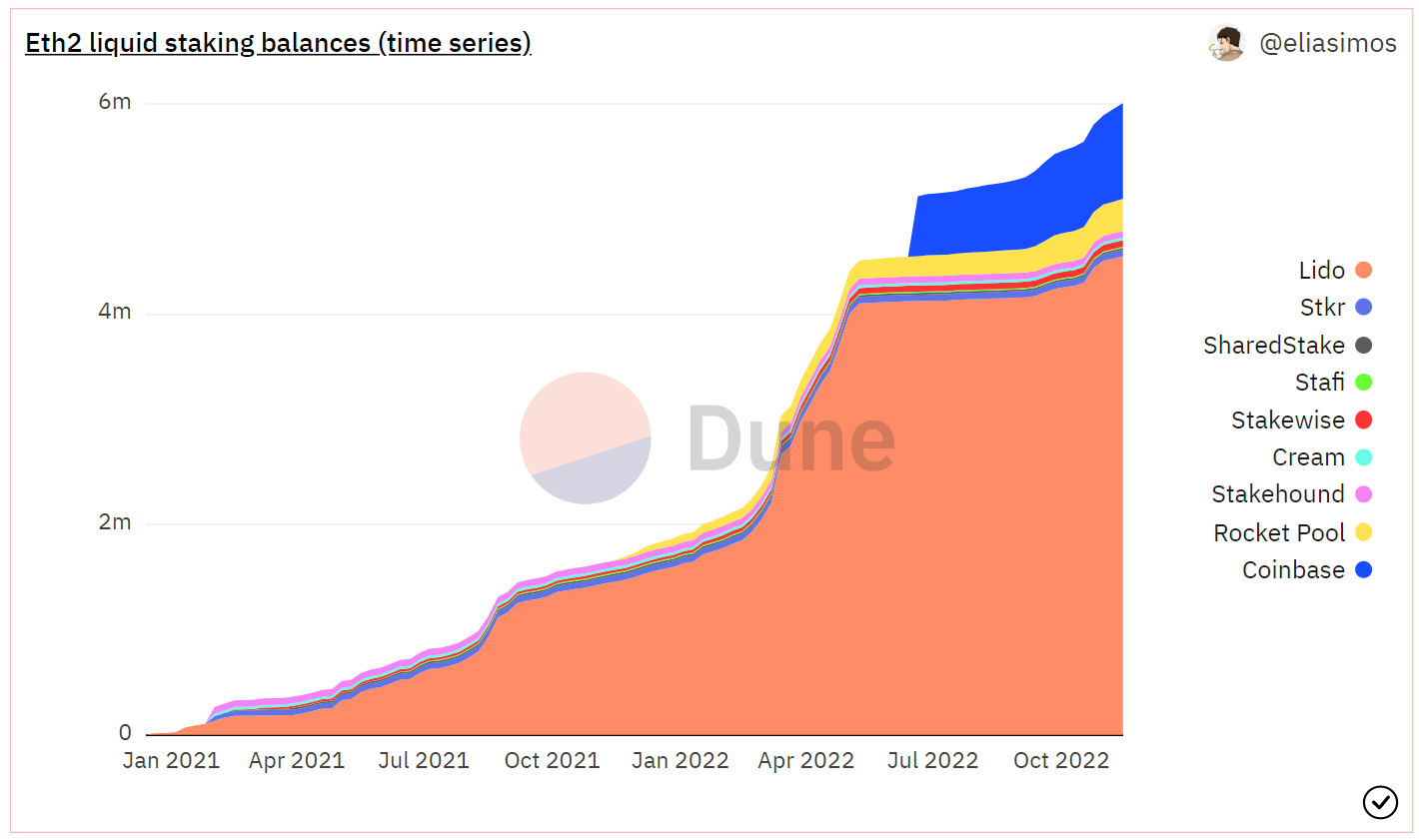This article was first written in 2022.11.20.
1. Overview
Y2K Finance is a protocol that allows users to hedge against depegging events of pegged assets (e.g., stablecoins, Liquid Staking Derivatives (LSDs)) and, conversely, to risk for profit. It was launched about two weeks ago and is currently deployed on the Arbitrum chain.
The products offered by Y2K Finance are as follows:
1.1 Earthquake
: Hedge Vault and Risk Vault, which allows users to hedge or underwrite risk against defeasance events.
1.2 Wildfire
: A secondary marketplace built on top of Earthquake, Wildfire is an order book-style marketplace where you can buy and sell positions taken on Earthquake by tokenizing them.
1.3 Tsunami
: A collateralized debt obligation (CDO)-powered lending marketplace for pegged assets.
Currently, only Earthquake is available, with Wildfire and Tsunami coming in the future.
2. Mechanisms
Let's take a look at the most basic mechanics of Earthquake. For Wildfire & Tsunami, as of November 2022, details have not yet been released.
2.1 Targets
As of November 2022, the following assets are currently covered: MIM, USDC, USDT, FRAX, and DAI.
2.2 Definitions
Hedge Vault: A vault for premium depositors who want to hedge against pegged events.
Risk Vault: For collateralized depositors who want to underwrite the risk of a pegged event.
Those who want to buy insurance against the above-mentioned pegged events will deposit ETH in the Hedge Vault, while those who want to sell insurance will deposit ETH in the Risk Vault.
2.3 How Vaults Work
A vault should contain the following contents
Asset: What pegged asset it is against, e.g. MIM
Epoch: The period of time that the vault is operational, i.e., the depegging event must be triggered within that epoch to be valid. ex) Week 1 of December
Strike: The threshold at which a pegging event is triggered ex) $0.97
"MIM - Week 1, December - $0.97" is one example of a possible vault.
5% of the funds users deposit into the Hedge & Risk Vault goes to the Y2K treasury as a fee.
2.4 With and Without a Depegging Event

Suppose Alice (the insurance buyer) deposits X amount in the "MIM - Week 1, December - $0.97" Hedge Vault and Bob (the insurance seller) deposits Y amount in the "MIM - Week 1, December - $0.97" Risk Vault. For simplicity, assume that only one person deposits in each vault; in reality, of course, both vaults can have multiple depositors. Also, c funds from each vault go to the Y2K treasury as fees.
December 4, MIM = $0.95 → De-pegging event occurs.
- Alice: (1-c)Y - X
- Bob: (1-c)X - Y
During the week of December 1, MIM > $0.97 → No pegging event occurred.
- Alice: -X
- Bob: (1-c)X-cY
Interestingly, c(X+Y) always goes to the Y2K Treasury, regardless of whether or not a pegging event occurs.
3. $Y2K
3.1 Utility
The utilities of the $Y2K token are 1) protocol revenue sharing, 2) governance, and 3) emission direction. 30% of the protocol revenue will go to vlY2K (locked up Y2K token) holders.
The combination of emission direction and governance is noteworthy. This combination is very similar to Curve, which saw the Curve Wars, where different stablecoins fought over $CRV to gain more liquidity.
If the emission direction of $Y2K is a significant factor in the amount of deposits in each token's vault, then each pegged asset protocol could fight over $Y2K to attract more funds to the vault, which could lead to Y2K Wars.
3.2 Distribution

4. Market,Competitors,Team
4.1 Market
The potential market for Y2K Finance is the entirety of pegged assets. Stablecoins, as well as Liquid Staking Derivatives (LSD) markets like stETH, could be fully covered by Y2K Finance.
In the case of stablecoins, this is arguably the area where we have found the clearest PMF in the current Web3 scene. Sure, $UST failed, but that hasn't deterred us, and stablecoin adoption continues to grow. In addition to the existing stablecoins, Aave is preparing $GHOST, and Curve has announced that it is preparing its own stablecoin, so we can expect new stablecoins to continue to emerge.

In the case of LSD, the biggest catalyst is Ethereum's transition to POS. Led by Lido, many Liquid Staking (LS) protocols are increasingly staking Ethereum. This is not only happening on Ethereum, but on most PoS chains, including Cosmos, where a number of LS protocols (Quicksilver, Lido, Stride, Supernova...) have recently launched or are in the process of launching.

4.2 Competitors
It's hard to pinpoint Y2K Finance's competitors because it's a completely different protocol depending on how you look at it. In some ways, Y2K Finance is more like an options market and more like an insurance protocol, so it doesn't really have any head-to-head competitors.
4.3 Team

Y2K Finance is an incubated project at a place called New Order DAO. New Order DAO uses the slogan "A community led venture DAO for DeFi" and is a community-based venture DAO that previously grew a successful protocol called Redacted Cartel.
New Order DAO has a very DeFi vendor feel to it. They've already launched a successful native Web3 protocol, so I think they're a team that knows what degens are excited about and how to market it.
5. The Edge
The edge of Y2K Finance can be viewed from three perspectives.
5.1 Insurance
With the catastrophic collapse of the UST, it was drilled into people's heads that even stablecoins are now absolutely insecure. However, there is no way to avoid using stablecoins, so protocols like Y2K Finance that allow you to hedge your risk against pegged events will be needed by many. As mentioned above, new protocols will continue to create stablecoins, and the earlier they are created, the more people will want to hedge against the risk of pegging.
In addition, events where the original asset (e.g. ETH) and LSD (e.g. stETH) de-pegged, as we experienced with 3AC, are also expected to be hedged just as much as stablecoins.
This is not to say that crypto insurance protocols haven't existed before. However, they cover too many different events (hacks, rug-pulls, defeasance...) and are difficult for users to understand, so it's hard to say that we have found a PMF yet. In the case of Y2K Finance, it is expected that it will be much easier to find a PMF because it will cover only one event, depegging, and will be intuitive to use.
5.2 Speculation
Speculation is one of the most active activities in the DeFi scene, and Y2K Finance acts as an open marketplace where degens can freely speculate on any event. Since Y2K Finance collects fees from both vaults whether or not a defeasance event occurs, it makes money as deposits increase, so people who use Y2K Finance to simply make money are equally valuable customers to Y2K Finance.
By leaving the door open for users to steal from each other, Y2K Finance can generate enough revenue to make it a low-risk business like a casino.
5.3 DAO treasury solutions
If the above two are from a P2C (Protocol to Customer) perspective, let's look at the edge that Y2K Finance has from a P2P (Protocol to Protocol) perspective.
Protocols that issue stablecoins or support liquid staking can collaborate with Y2K Finance to open a customized vault for their assets. In this vault, the protocol itself can position itself to sell insurance (Risk Vault), giving users the opportunity to hedge against the stability of their assets.
For example, Frax Protocol collaborated with Y2K Finance to create its own "$FRAX $0.98" vault, and Frax Protocol itself deposited enough funds into the Risk Vault so that $FRAX users who wanted to hedge against $FRAX could deposit funds into the Hedge Vault.
This has the following effects:
Increase the trustworthiness of the protocol.
When the protocol itself deposits funds into the Risk Vault, it's a direct implementation of "Put your money where your mouth is". For the user, it's much more trustworthy because it means we're going to pay out rewards in the event of a depegging event.
For the protocol, it creates a fixed revenue pipeline.
It can serve as a stable source of revenue, as it receives a fixed premium from users who have deposited in the opposite hedge vault when a de-pegging event does not occur.
6. Conclusion
Y2K Finance is simple, but it feels well thought out. Y2K Finance has the ability to appeal to multiple types of customers (hedgers, degen, stablecoins & LS protocols) with a single issue. From the tokenomics, to the target market, to the points to stimulate degen, it's hard not to be impressed with the workmanship of the New Order DAO.

